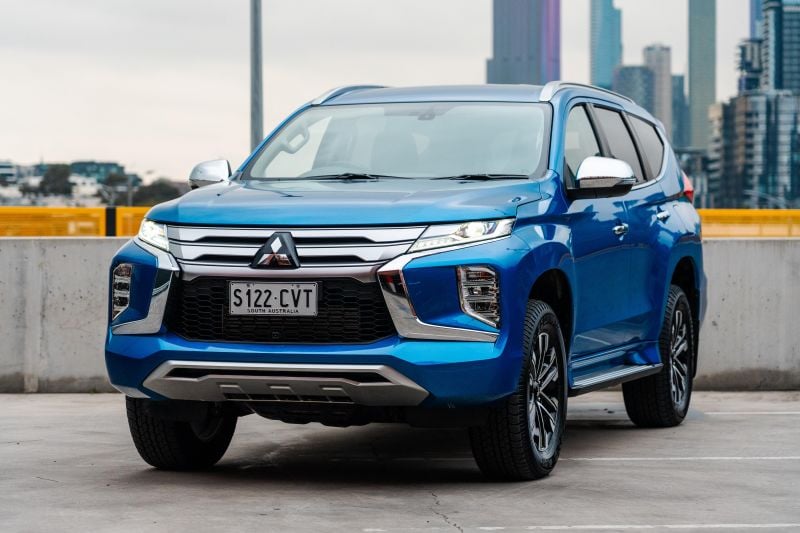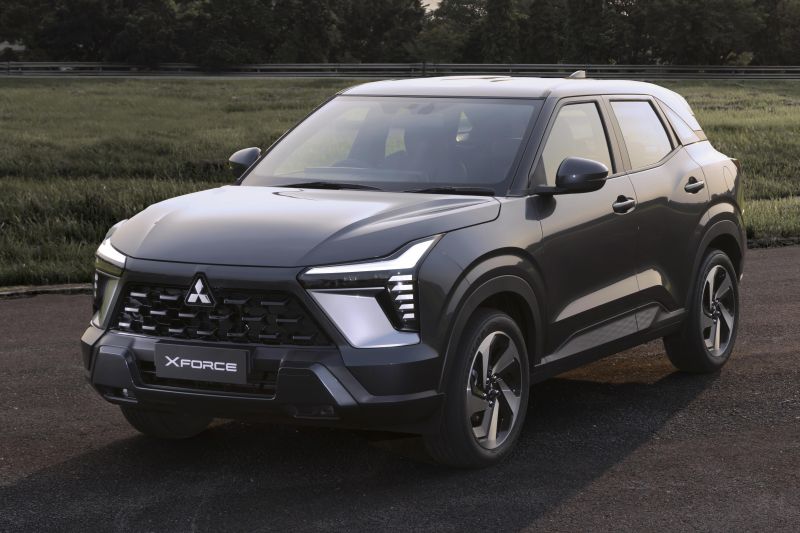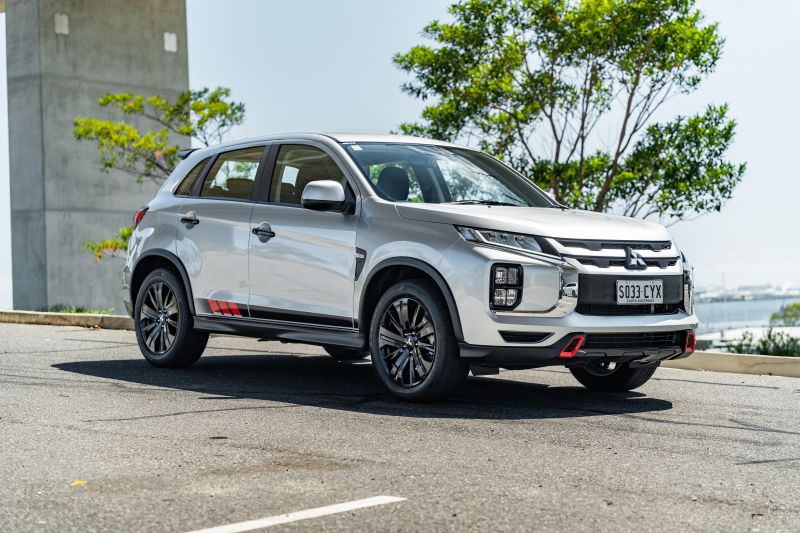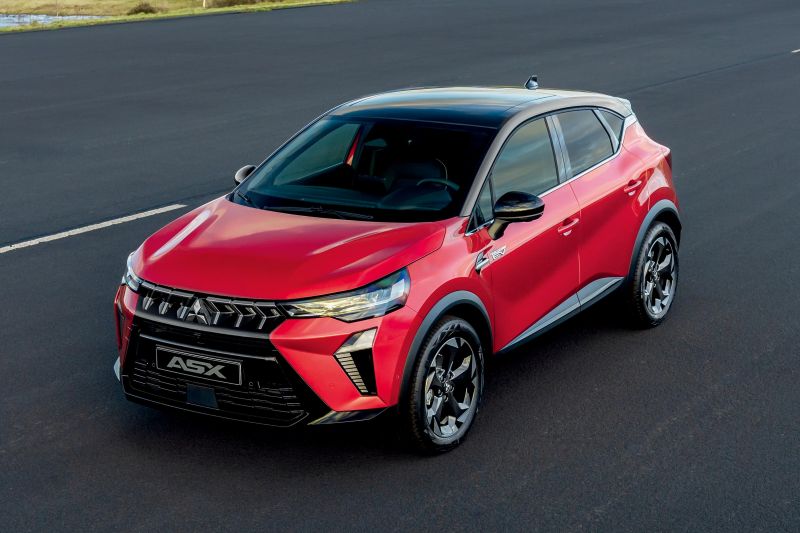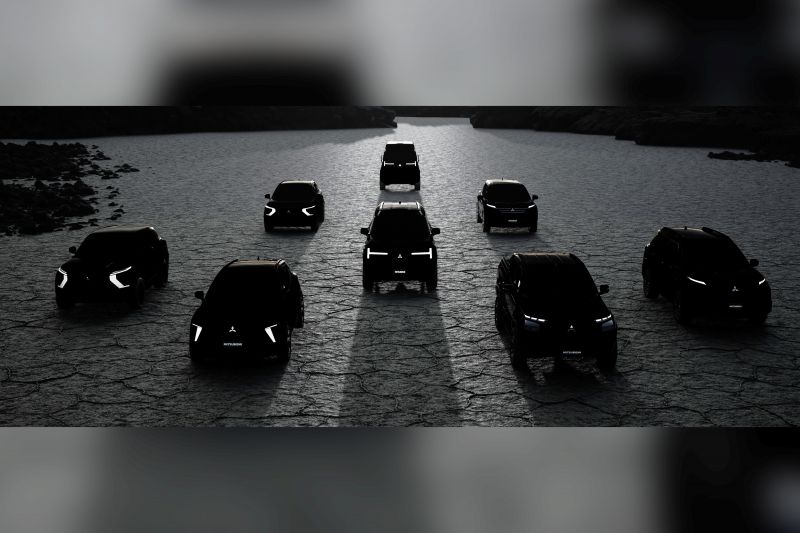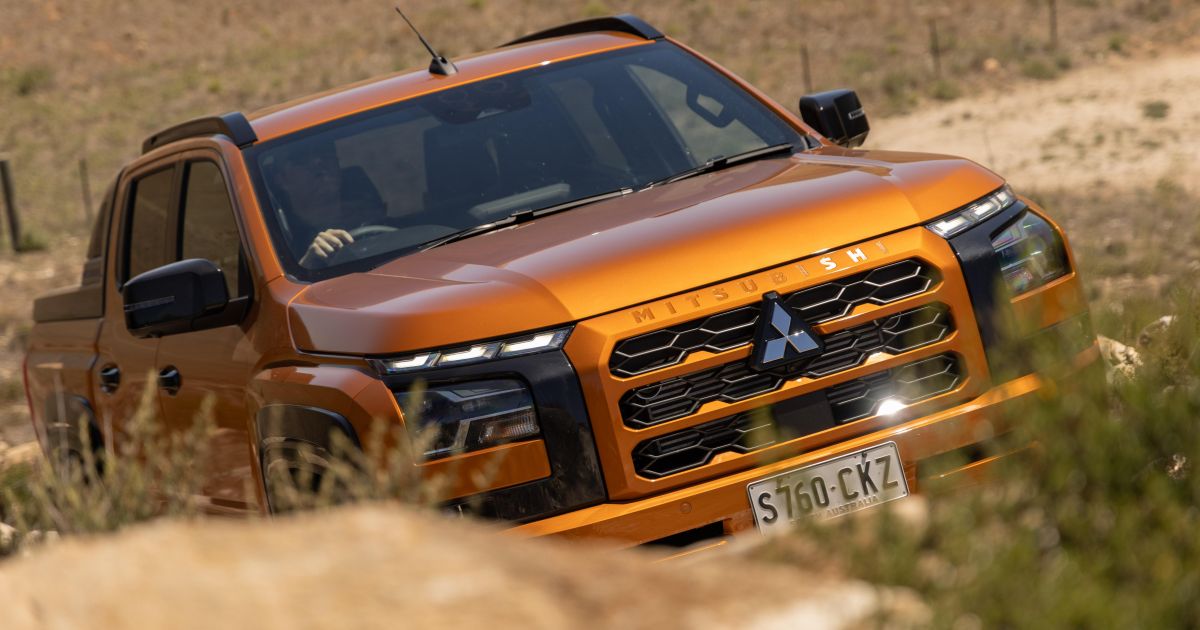
Mitsubishi does a fabulous job of selling cars in Australia, which is all the more impressive given it has withdrawn from China, come close to doing the same in Europe, and is little more than a niche player in the US.
This is a brand that didn’t seem to suffer at all from ending local manufacturing, unlike Holden.
Purely looking at sales numbers from 1991 onwards, Mitsubishi has exceeded 80,000 annual sales five times: twice before 2008, the year it ended local production, and three times after that.
Hundreds of new car deals are available through CarExpert right now. Get the experts on your side and score a great deal. Browse now.
Last year, it delivered 74,574 vehicles in Australia, making it the fifth best-selling brand here. It was even more popular in New Zealand, where it sat in third place in 2024.
Even more impressively, it managed that feat with an incomplete lineup of new-generation Triton vehicles, a trio of pretty ordinary SUVs, plus the much more impressive Outlander.
But yesterday’s news that Mitsubishi is discontinuing its Eclipse Cross and Pajero Sport and finally replacing its ASX has exposed some key vulnerabilities for the brand.
As the junior member of the Renault-Nissan-Mitsubishi Alliance, Mitsubishi has been geofenced under the triumvirate’s ‘leader-follower’ model development strategy.
Its focus is on Southeast Asia, with regions like Europe – a market it said it would leave and before it backtracked the following year – being an afterthought. “Oh, I guess we’ll stick around. Here, pop our badge on this Renault.”
That led to the company launching a new, thoroughly modern-looking Xforce small SUV… only to turn around and confirm it wouldn’t meet Australia’s tougher – and, as Mitsubishi would argue, often onerous – regulations.
That our market didn’t seem to factor into Mitsubishi’s decision-making isn’t altogether surprising, given we’re just a small piece of Mitsubishi’s pie. The company produced over a million vehicles globally in 2023, for example, while selling less than 75,000 here.
We may love Mitsubishis here, but we’re hardly a huge market in the grand scheme of things.
Now, an incoming Australian government regulation is forcing Mitsubishi to axe its fourth and fifth best-selling models here, and to replace its third most popular model with a European-souced vehicle that’s almost certain to be more expensive and which may be more supply-constrained.
Don’t get me wrong, I’m happy to see the back of the existing ASX after 15 years on sale. Replacing it with a rebadged Renault will result in a higher-tech, more dynamic small SUV gracing Mitsubishi showrooms.
However, it still won’t be a class leader and now it’s not quite as safe a choice to recommend to friends or family members who care absolutely nothing about cars.
There’s also the very real question of how much longer Mitsubishi will keep rebadging Renault products, as a Nissan-Honda merger looms large and could well bring Mitsubishi with it.
Is this ASX simply a stopgap, and what will Mitsubishi’s lineup look like in five years? If Mitsubishi can’t tap Renault, and if its vehicles aren’t engineered for Australia, what will it sell?
We’ve seen Mitsubishi’s shadowy future model teaser, featuring what looks like a new-generation Delica and Pajero Sport plus a smattering of crossovers, but it has yet to share detailed plans for the rest of the decade for our market.
Before then, expect a drop in ASX sales with the new model, while the loss of Eclipse Cross and Pajero Sport volume will be keenly felt.
Mitsubishi has indicated it doesn’t plan to withdraw from these segments forever, but it hasn’t said exactly when replacements will come – other than that its “several all-new or significantly updated models” will arrive at some point by 2030.
This could end up being a blip. Mitsubishi has survived the end of local production, and stayed high in the sales charts during years when it had fairly average products.
It has done this on the back of a pretty solid reputation for reliability, as well as pricing that has historically been sharper than that of rivals like Toyota and Mazda.
Will it be able to remain quite as strong with potentially more expensive and quite different products in its showrooms? We’ll see.

